31st Aug 2023
The sun comes up in the morning
And it shines that light around
One day, without no warning
Things start jumping up from the ground
- Neil Young, “Homegrown”
Homegrown
This is a milestone year for Manfred and Elaine Krankl. It's the first year all their Sine Qua Non wines being released are 100% estate-grown.
Manfred and Elaine established Sine Qua Non in 1994 as an artistic collection of multi-vineyard blends. Until 2003, they purchased fruit from various vineyard sources around California's Central Coast, including Alban, Stolpman, White Hawk, Shadow Canyon, and Bien Nacido, forging close relationships with each of these growers. Then, in 2001, the Krankls purchased their first estate-owned vineyard in Sta. Rita Hills: Eleven Confessions.
"We named the vineyard ELEVEN CONFESSIONS because 11 different scions are planted there, and all of them will at some point have to speak the truth. Confess, as it were. And you shall be their judge."
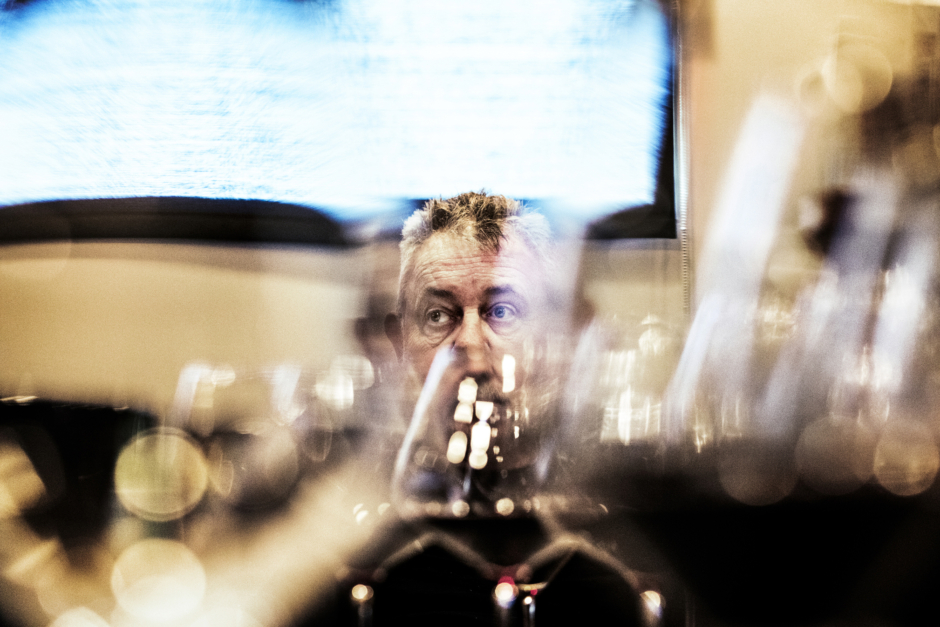
Eleven Confessions Vineyard has 33 acres planted mainly to Grenache and Syrah, with smaller proportions of Petite Sirah and white varieties, including Viognier and Gelber Muskateller. "This vineyard is by far the coolest of our vineyards," Manfred told me. "Sometimes, we don't harvest until November." Yields from this site are painfully low—1.5 tons per acre or less is typical. In the years when it's good and ready to sing, Eleven Confessions is used to make a pair of single-vineyard wines under the Sine Qua Non label, one Grenache-based and the other Syrah-based. These special-release wines see considerably more time in barrel than the other Sine Qua Non wines, over three years and sometimes closer to four. "The Eleven Confessions wines have a lot of structure and presence," Manfred said. "The soil is mainly heavy clay, so the wines can be pretty muscular."
Today, the Krankls own four vineyards in different sub-regions surrounding the city of Santa Barbara.
In the early 2000s, Manfred and Elaine had been living in Ojai and looking for a piece of vineyard land to buy. Manfred was driving through Oak View one day on his way to the coastal highway and saw a "For Sale" sign up on a 200+ acre parcel. The land had nothing on it—just a dirt path leading to an old, run-down residence that would require a complete overhaul. It took a lot of vision, not to mention ambition, to see what it could become. And it took a leap of faith—no vineyards had ever even been planted within miles of this pocket of grazing land. This unlikely spot became the Cumulus Vineyard and the Krankls' home.
The proximity to Lake Casitas and the ocean (about 10 miles away) allows Cumulus Vineyard a moderately warm as opposed to hot climate. However, it is the Krankls' warmest site and often the first to be harvested. "I'd say Cumulus vineyard is probably on a par with parts of Napa in terms of heat," Manfred commented. "An east-west aspect tends to offer the best advantage with a little more protection from the sun." There is some limestone in the soil mix, which is unusual for the area.
There are now just over 12.5 acres planted at Cumulus. The first plantings of Syrah, Grenache, and Roussanne took place in 2004, and a little more Grenache was planted in 2005. Then, in 2008, small blocks of Petite Manseng, Syrah, Touriga Nacional, Mourvedre, and Petite Sirah were added, including 3.5 acres on its own roots. Also used as a blending component for the Sine Qua Non wines, in 2007, the Next of Kyn label was launched, showcasing Cumulus as a single vineyard.
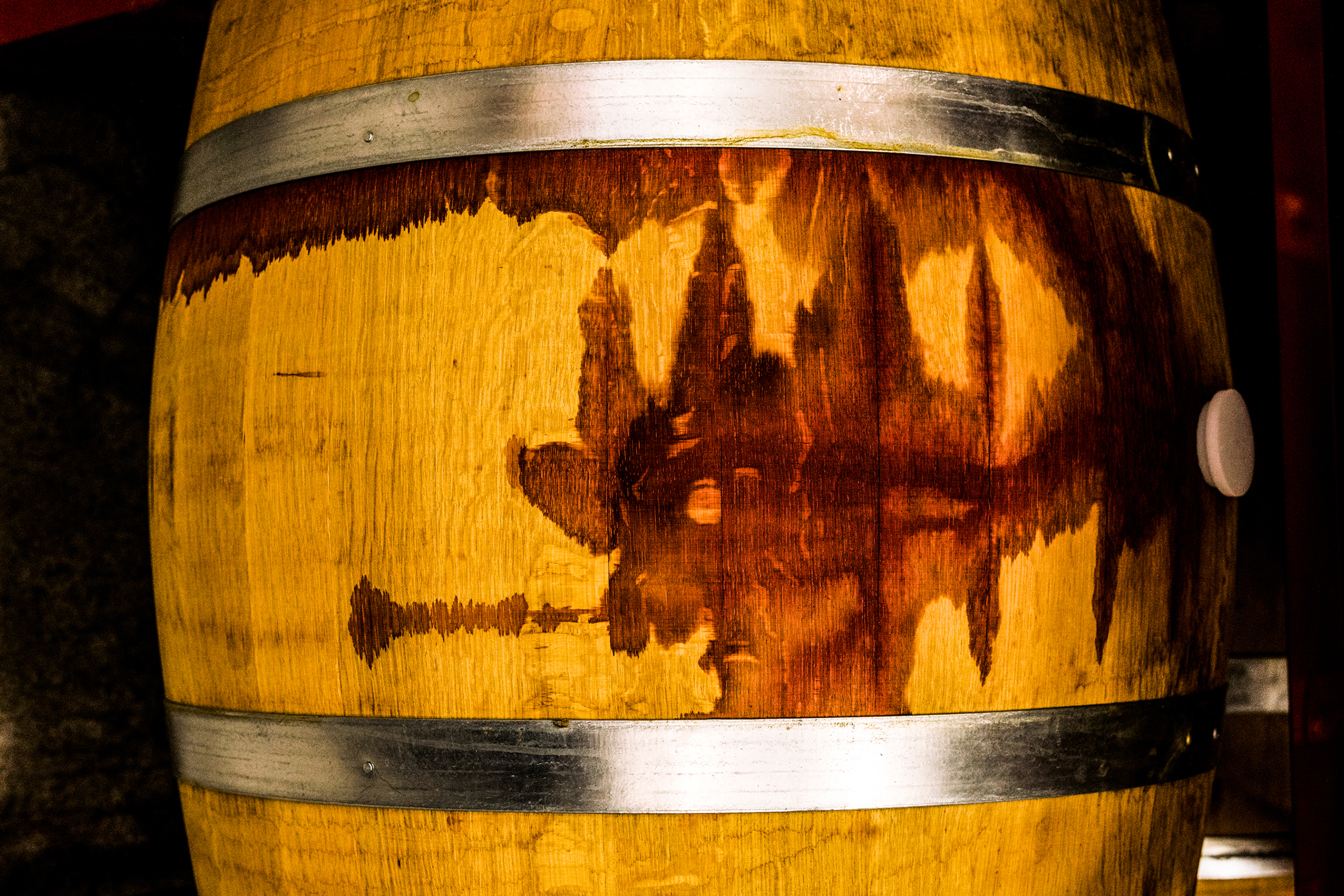
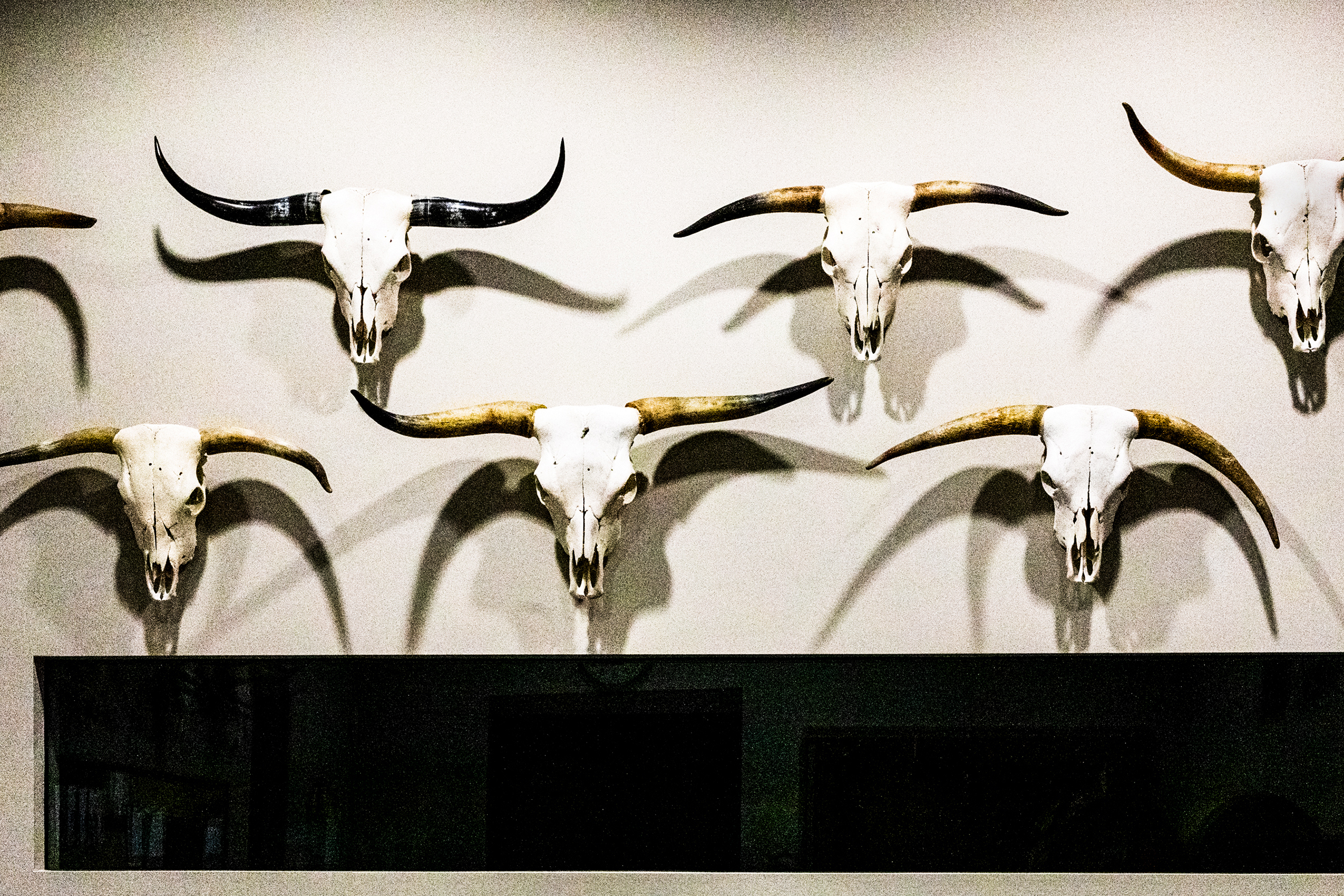
At 1.5 acres, Molly Aida is the smallest of the Krankls' vineyards and is used only as a blending component. Located at around 1,800 feet of elevation in Tepusquet Canyon, not far from the town of Santa Maria, the vineyard is in a remote, rugged location. "We were going to develop this more when we saw The Third Twin, which was so much better to develop," said Manfred. The only variety grown here is Mourvèdre—all head-trained in traditional Châteauneuf du Pape fashion. The first "tiny bit of fruit nuggets" from here for Sine Qua Non was harvested in 2015.
Elaine and Manfred bought the Third Twin Vineyard in Los Alamos in 2010. "When we bought The Third Twin, there was already a vineyard there, and we doubled it in size," Manfred explained during my most recent visit. "This is a dry, sandy vineyard. I wanted something that would do well under hot, dry conditions, given climate change."
According to Manfred, The Third Twin is a medium-warm site with a soil of almost pure sand, especially the sections of new plantings. "The ripening process is a little more condensed than the other vineyards," he mentioned. The original Syrah and Petite Sirah plantings at The Third Twin were mostly own-rooted, and the Krankls forewent rootstocks for some subsequent plantings. "If I weren't worried about phylloxera, I would do it all own-rooted," he said. "The vines adjust best to conditions on their own roots."
The Krankls first planted Mourvèdre at The Third Twin, a French clone and "Clone S," sourced from John Alban, Manfred's mentor in the early years. "I like Mouvèdre grown on sandy soil. This way, the Mourvèdere becomes more elegant. If Mourvèdre is too ripe, the pH can be too high. I like the lower pH and freshness from this sandier soil."
"I think Graciano is a very interesting variety."
In 2015, the Krankls planted a further 6.5 acres of Syrah at The Third Twin. Three acres of Touriga Nacional and Graciano were planted in 2020. "I think Graciano is a very interesting variety," said Manfred. "I'd known people who had talked about it, but it's hard to find a great example from Europe made purely from this grape. So, I was kind of working blind in the beginning with this. I started with just 3/4 of an acre, and I've planted more since then. It behaves very much like Grenache. It needs to be very ripe and retains acidity very well. Graciano reminds me of a Rhône grape."
As well as being a blending component in the Sine Qua Non wines, The Third Twin is a single vineyard label producing two wines: a Graciano and an annually changing, multi-variety blend called Nuestra Senora del Tercer Gemelo.
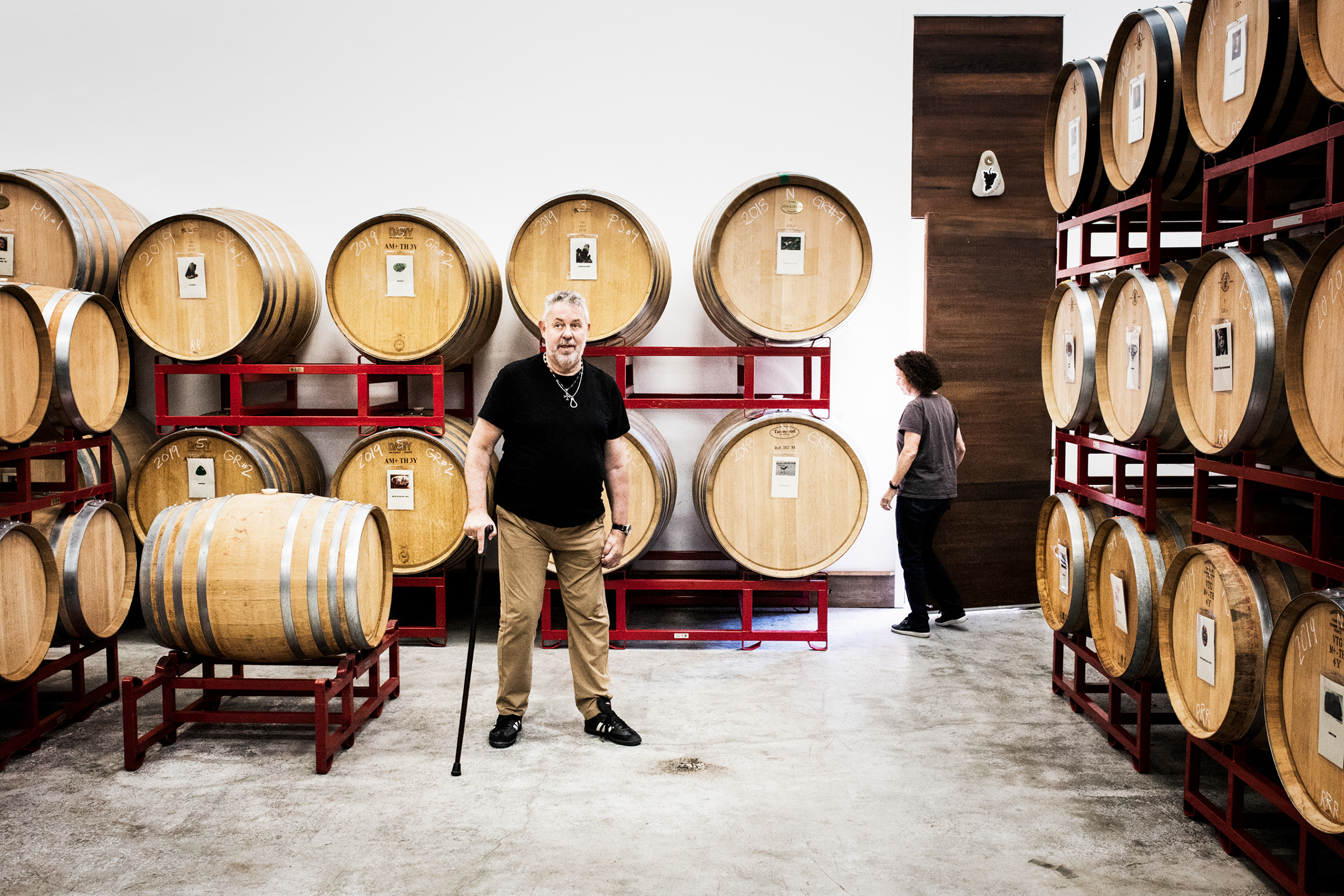
The latest chapter in the Krankls' story is the completion of their new winery at the Eleven Confessions Vineyard. The winery is larger than the winery at Cumulus Vineyard and will allow the couple to split production between the two facilities.
Regarding vintages tasted this year, Manfred said: "2019 was cool, 2020 was warm, and 2021 was cool but not as cool as 2019. 2019 and 2021 remind me a lot of each other. They rely more on elegance rather than power. Yeah, I like 2021 a lot."
And the 2022 vintage in the pipeline? "In 2022, our yields are 53% of what we normally do, mainly because of the drought." Thankfully, abundant rain in the first few months of 2023 has alleviated this situation. "2023 has been super cool," said Manfred. "We haven't hit a hundred degrees down here yet. It's mid-August, and we're just starting to go through veraison. We got a lot of water this winter. It was a pain because it washed out the road to our Eleven Confessions Vineyard, but still, I'd rather have rain in winter."
It's worth coming out and stating that I didn't detect smoke taint in any of the bottled 2020 Sine Qua Non, Next of Kyn, or The Third Twin wines I tasted this year.
This makes sense since these sites surrounding Santa Barbara will have been far enough to the south of the wildfires that year to escape unscathed. As for the styles and personalities of the Krankls' wines, I have tried to be as detailed as possible in my tasting notes.
Please take some time to read these notes because the numbers alone frankly don't do justice.
-
Article & Reviews by Lisa Perrotti-Brown MW
Photography by Svante Örnberg
See more work from Svante at svanteornberg.se by clicking here!

PRODUCERS IN THIS ARTICLE
> Show all wines sorted by scoreMore articles

Bordeaux 2023 Vintage Report and Reviews from Barrel
09th May 2024
649 tasting notes

Cathiard Vineyard New Releases
02nd May 2024
3 tasting notes
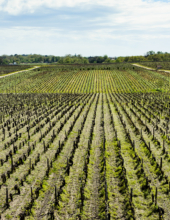
Bordeaux 2023 Preliminary Vintage Report and Reviews from Barrel
29th Apr 2024
56 tasting notes
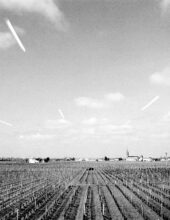
2021 Bordeaux in Bottle and A Modest Proposal
24th Apr 2024
599 tasting notes
Show all articles